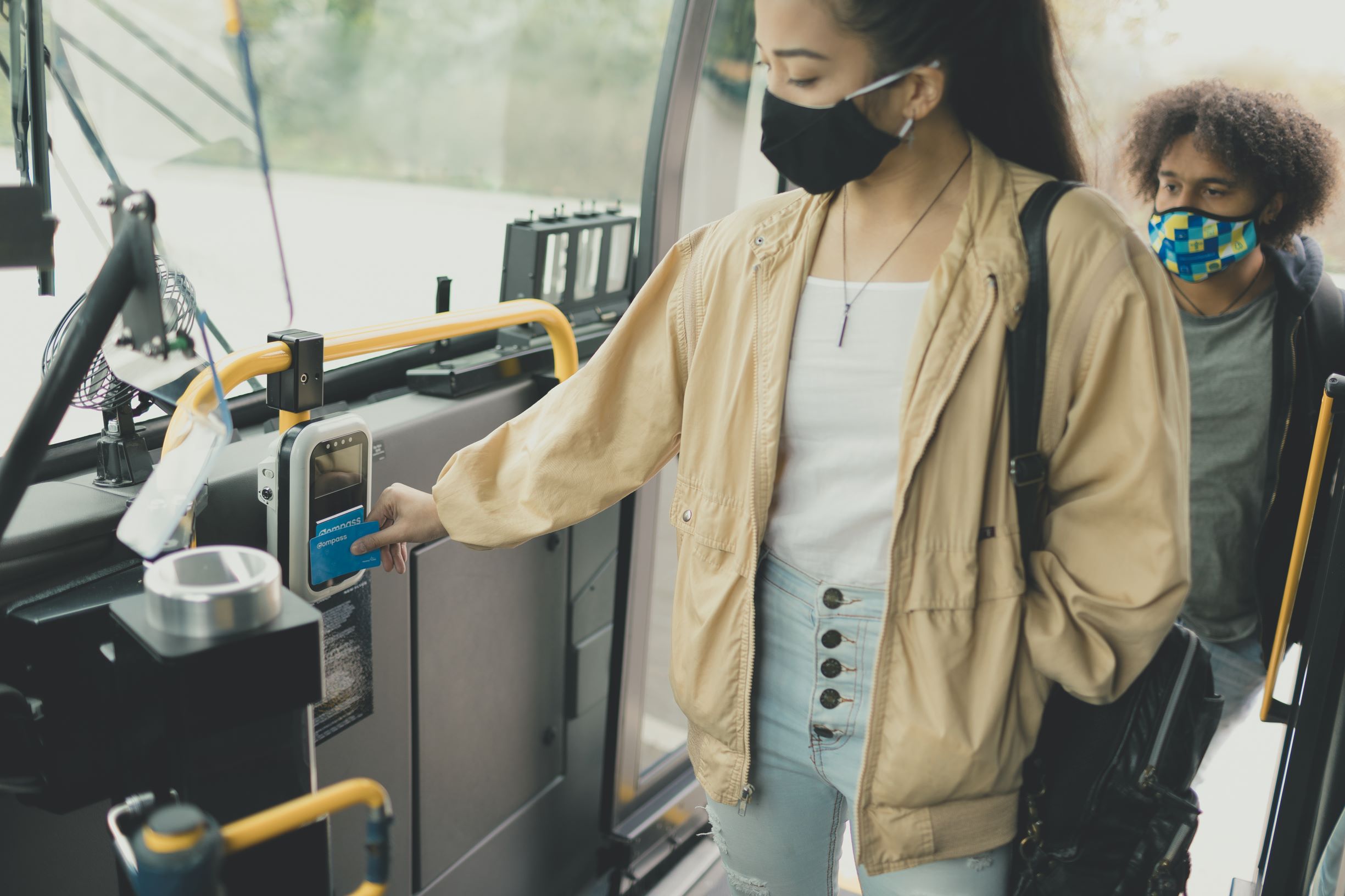Listen: Unpacking the Transit Service Performance Review
Listen: Unpacking the Transit Service Performance Review

Yesterday we released the Transit Service Performance Review or TSPR for short. The TSPR is a sort of annual report card for TransLink that allows us to examine what the last year of transit in Metro Vancouver was like. We spoke with Michelle Babiuk, she’s the Senior Manager of Transit Planning here at TransLink, in an effort to elaborate on and explain the TSPR in podcast form.
Listen to the whole podcast on SoundCloud or read more below.
Key findings from the 2020 TSPR:
- 85% of our bus ridership continues to be carried on routes that provide frequent service throughout the day and during peak periods.
- 8 of the top 10 busiest bus routes by boardings in 2019 were still among the top 10 routes by boardings.
- Routes that primarily serve industrial areas were at nearly 70% of 2019 ridership volumes, illustrating that frontline workers were still travelling to and from work.
- The Southeast sub-region (Surrey, Langley, North Delta, and White Rock) has saw the highest return of bus ridership, with volumes at 55% of 2019 levels, compared to 44% for the overall system.
- HandyDART customers made almost as many health and medical-related trips in 2020 as they did in 2019. While overall HandyDART ridership was down to 37% of 2019 volumes, HandyDART customers made 100% of dialysis appointment trips, 78% of cancer appointment trips, and 57% of medical appointment trips.
- TransLink’s ridership levels are consistent with, or above, larger North American metro areas. In September 2020, we had nearly 17 million system-wide boardings, which was more than transit systems in the metro areas of cities such as Boston, Chicago, and Washington, D.C.





